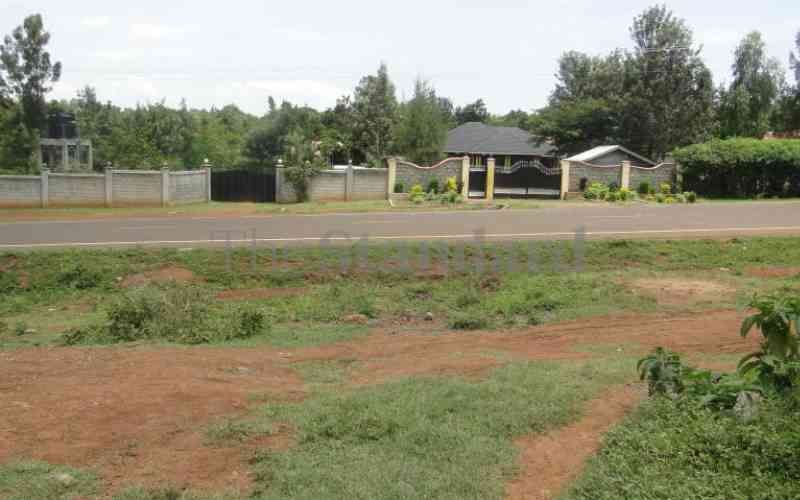×
The Standard e-Paper
Smart Minds Choose Us

As developers rush to meet the rising demand for affordable housing, Bondo town and its environs is turning out to be one of the most attractive areas for developers.
There is a growing appetite for residential development in areas surrounding the town spanning as far as Sinapanga.